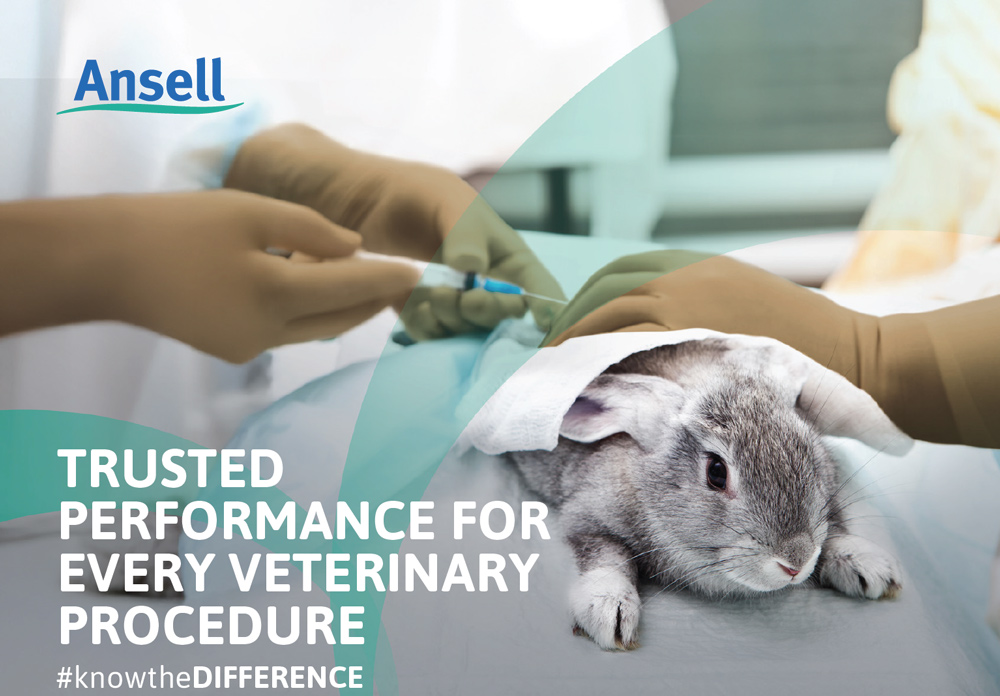



Maximizing Your New-Hire ROI
cDonald’s is one of the world’s largest restaurant chains, and in addition to its iconic menu choices, it aims to achieve success through its employees by offering training programs for different positions. A new hire at McDonald’s receives floor-based on-the-job (OTJ) training, e-learning modules, classroom programs and job rotations. Hamburger University develops skills and knowledge in restaurant operation procedures. In addition, Archways to Opportunity® offers educational programs toward earning a high school diploma or college degree.
So far, McDonald’s sounds similar to other companies. The difference comes in the time it takes to get a new hire “up to speed” and productive. Like most businesses, McDonald’s gets a return on investment (ROI) for new hires by quickly increasing productivity, generating revenue and reducing costs. “Quickly” means that the new hire is first trained in some basic tasks that do not take six months to learn.
The McDonald’s team member is trained in the “one best way” for cleanliness, service, quality and value. New hires quickly learn how to clean as they spend time in food prep OTJ training. That way, they are immediately productive because they can stop their training, wipe down tables, mop and sweep, return dirty trays to the back and change trash cans. Now, stop and think about your own training process and how quickly your new hire is productive.
To start, identify what the most basic tasks for the CSR are. Maybe they include cleaning, collecting payments, answering the phone and putting it on hold. If you start with these tasks, that person can start “working” on day one, thus improving the ROI.
Think about it; the front reception area gets busy. Clients are entering and leaving, the phone is ringing and your new hire is…standing there watching the chaos unfold because the trainer has to “work.” However, if you start with the basics, your new hire can clean up the accident in the waiting room, help a client to their car or put the next caller on hold. Once things quiet down, it is back to the next item on the training checklist.
The same can be done for technician assistants and certified techs/nurses. What are some basic tasks that can be quickly put to use? Tasks like cleaning and restocking the exam room, putting the next patient in the exam room, or performing nail trims or ear cleaning. Ask any of your team members what they would like that new hire to jump in and do when they are training and it gets busy. Chances are, you will get a list of basic tasks that have an impact during a busy time.
Your ROI for a new hire involves more than just the new hire. You are also tying up one of your experienced professionals. Training can be exhausting for the new hire and the trainer. Give the trainer a break and the new hire a different learning environment using existing training programs. Employ technology, and don’t reinvent the wheel. Fear Free, ACT, atDove, Ignite and many others have training material in bite-size modules, perfect for breaking up the day.
Coordinate your OTJ training with a third-party learning platform to cover the different ways people learn and provide a deeper dive into a topic. While the old adage, “see one, do one, teach one,” may work for some tasks, using online classroom learning, gamification, how-to videos and quizzes creates a well-rounded learning environment.

We often talk about SOPs and treatment options in the veterinary industry. There is good, and then there is the best way. Train on the one best way with acceptable variations when necessary. Allow the team to discuss new medications and treatments in medical care, remove unnecessary steps in processes and address skills gaps in the team. Each is an opportunity for skills, knowledge and abilities (SKAs) growth.
Goal-setting, stretch assignments and promotions should be a natural continuation of your training program because the needs of the business will change as the business grows. Goal-setting is a crucial process that helps team members improve their performance and contribute to the organization’s success. In its simplest form, goal-setting may involve learning tasks for performance improvement. It is also the next step for a higher level of job performance, and it can entail becoming certified or credentialed in a particular role.
A stretch assignment is a challenging task or project requiring an individual to step outside their comfort zone and learn new skills or tackle difficult problems. It provides opportunities to expand one’s knowledge base and gain experience while allowing the person to demonstrate their potential for future roles and responsibilities.
Promotions are not just for management positions. There are many coordinator and lead roles in a veterinary hospital. For example, an inventory coordinator and a shift leader can be a significant career move that increases responsibility and pay and is usually based on a person’s performance, skills and potential.
You wouldn’t want to place an ad for a veterinary technician assistant when you need a certified tech/nurse (or one credentialed in surgery). Why advertise for a kennel person when you really need a CSR? The point is to know what position you are trying to fill. Make sure you have optimized your workflow and have the right people in the right seats on your bus. Now you see where you have empty seats and can clearly define roles and responsibilities in your job ad. In addition, use a detailed job description, set a hiring timeline and establish a clear evaluation process before you contact the first candidate.
Use technology in the recruitment process to make it more efficient. Simplify the application process by using an online application form or allowing candidates to apply via quick links and forms they can complete on their smartphones. Consider conducting phone or video interviews to narrow the candidate pool before inviting candidates for in-person interviews.
Execute a streamlined orientation process. Digitize those forms and documents and make them accessible on your website under an employee-only tab, or email them to the new hire so that the forms may be completed at home and submitted before the start date.
The hiring process can be expensive without a well-defined hiring strategy and the right tools. Regularly evaluate your hiring process to identify areas of waste and implement improvements to achieve a more efficient and effective recruitment process.
- Navarra, K. (2022, April 11). The Real Costs of Recruitment. SHRM. https://www.shrm.org/topics-tools/news/talent-acquisition/real-costs-recruitment



